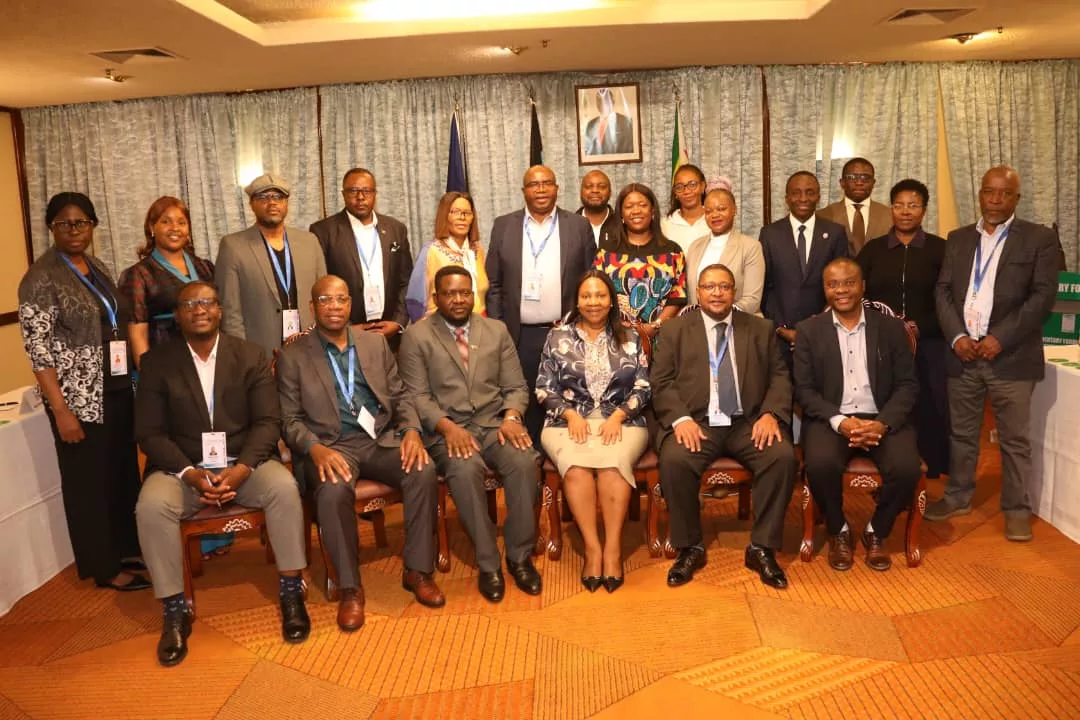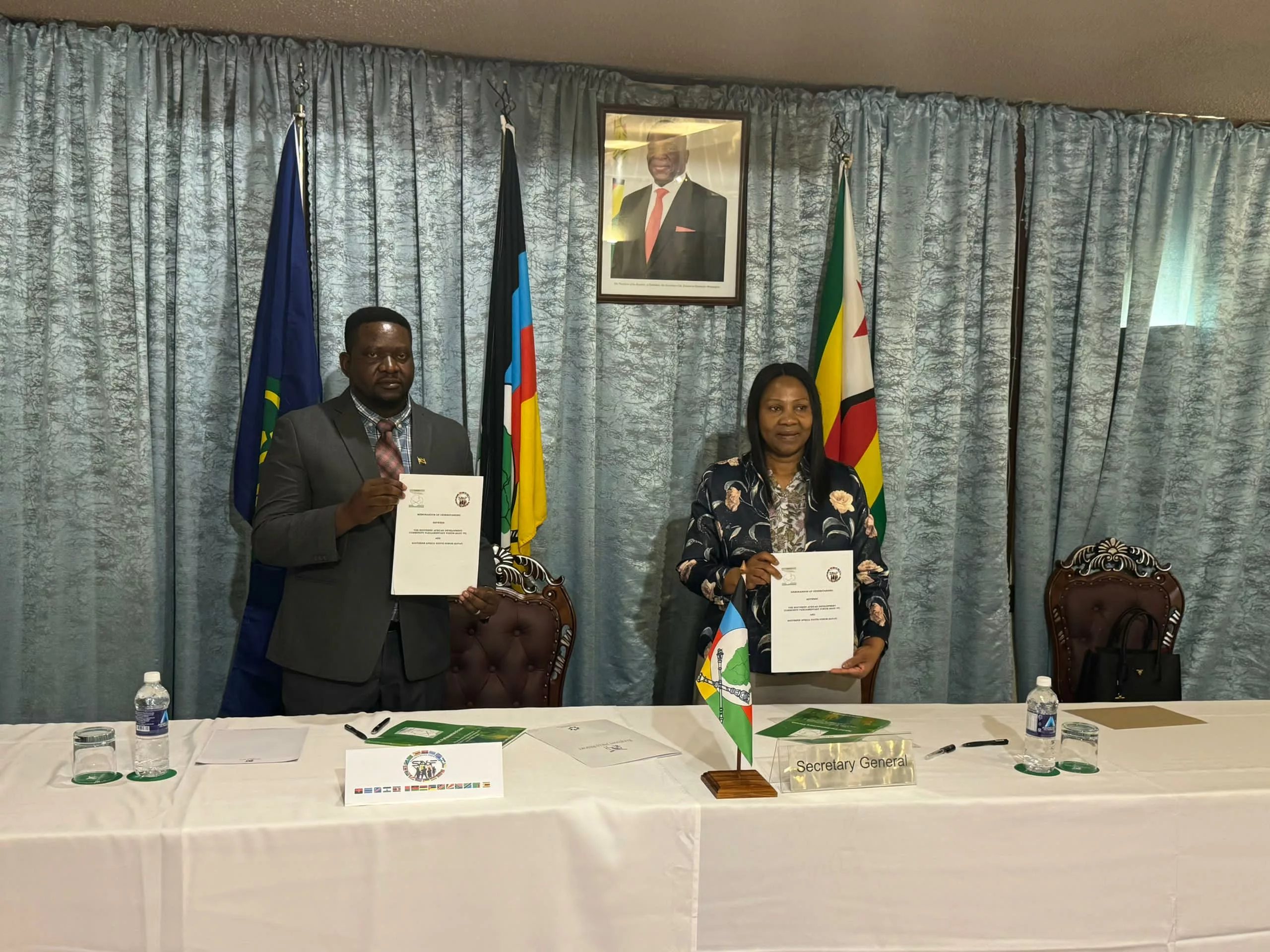|
Getting your Trinity Audio player ready...
|
The fuel crisis spreading across Europe and Asia highlights the weather-related vulnerabilities faced by global energy systems. As wind and solar falter under intermittency, power generation has defaulted to gas, where demand is being squeezed by early-autumn heating and late-summer electric cooling needs across Eurasia. The reverberations of February’s polar vortex in Texas—which froze gas output—continue to be felt as resulting low reserves run dry and Gazprom dithers. The resiliency of energy supply chains is being put to the test—and failing.
Fuel disruptions are one thing; shortages of food could be even more disastrous. Energy and food commodity markets have become increasingly intertwined as surging demand for biofuels pumps up grain and oilseed prices. Agriculture is even more vulnerable to climate impact than fuel is; this summer alone saw drought batter the grain belts of North American and Central Asia, while Brazil—a global food product leader—is being ravaged by wildfire, drought, and frost, leaving agriculture markets in turmoil.
To assure the sector’s resiliency, supply chains must be bolstered, risk must be better understood, and new capital must be leveraged to allow the global food system to withstand increasingly severe climate shocks. In short, what is needed is financial innovation.
Emerging and frontier markets have proven fertile ground for novel financial technology, or ‘fintech’. Rapid economic growth and large segments of the population who are digitally connected yet without access to traditional banking have allowed these countries to leapfrog their way to financial post-modernity. In China, AliPay and WeChat Pay have pioneered mobile payment innovations to amass over a billion users each—becoming powerful enough for the Communist Party to initiate a crackdown.
Outside China, other markets have fostered their own fintech behemoths. In Brazil, bank bureaucracies that make obtaining credit cards a Kafkaesque ordeal have enabled the growth of Nubank, whose streamlined approval process has attracted 40 million customers, making it the world’s largest digital bank. In Kenya, M-Pesa’s mobile app handles wage deposits, insurance, and bill payments to the point that half of Kenya’s GDP is transferred over its servers. Meanwhile, Paytm—a phone top-up service turned digital remittance platform, insurance broker, and deposit-taker—is preparing for an international public offering expected to be India’s largest-ever at $2.2 billion.
Mobile payments are the bread-and-butter of the fintech industry, but a new breed of ‘agri-fintech’ firms are emerging in countries where agriculture contributes the lion’s share of economic output and employment. Their services are key for building resiliency among small-scale farmers.
Improvements to underdeveloped agricultural supply chains are strengthening the smallholder farming business model. Business-to-business and e-commerce apps specializing in food systems have utilized algorithms to streamline logistics and cut out costly middlemen, lowering prices while boosting the prosperity of farmers. Japan-based Secai Marche stands out, directly connecting farmers in ASEAN countries with the Japanese food and restaurant industry, with its AI-based algorithms predicting demand and assigning orders to the most efficient transport method.
Optimizing supply chain logistics is not the only way to build resiliency. Novel methods to insure against climate-related risk can allow small-scale farmers to survive weather disasters and spare the sector the economic scarring that plagues the post-pandemic restaurant industry. Etherisc uses the Ethereum blockchain to trigger automatic payouts when certain climatic conditions are met, avoiding the travel and verification costs associated with traditional insurance models. Ghana’s WorldCover, meanwhile, uses data from satellites, ground sensors, and GPS to assess climate risk and customize farmers’ coverage based on their mobile-verified crop portfolio.
New means of financing will also be critical for the equipment and climate-resistant seed purchases needed to strengthen smallholder agriculture. In India, Jai Kisan uses a credit risk algorithm enabling it to extend low-cost loans to farmers without traditional credit histories. Kenya’s FarmDrive has its own algorithm which it uses to connect farmers to a credit marketplace while allowing lenders to monitor loans digitally. Meanwhile, TrAIve uses AI to provide lenders with risk and crop diversification analytics, allowing them to deliver loans to farmers in Brazil at low-interest rates.
Yet the race to foster and attract agri-fintech champions to regional hubs has yet to mirror the larger fintech race. While Dubai and Singapore have implemented dedicated fintech hubs, agri-fintech centers in India, Brazil, and Kenya have emerged more haphazardly.
One country with a definitive agri-fintech strategy is Kazakhstan, where the Astana International Financial Center (AIFC) and its Tech Hub have been proactive in growing everything from agritech to satellite technology. The AIFC’s recent deal with OneWeb to accelerate broadband connectivity via space portends Kazakhstan’s diversification away from extractive industries (hydrocarbon output constituted 21 percent of GDP and about 70 percent of exports in 2020) towards services. Indeed, Kazakhstan’s flagship financial institution is designed to facilitate the Central Asian country’s pivot towards a high added value, more resilient economy across all sectors – agriculture included.
In 2019, Kazakhstan’s agriculture sector witnessed a 41% year-on-year increase in investment – a total of USD 1.1 billion. Forecasts for Kazakhstan’s agro-industrial sector now stand at nearly USD 10.3 billion increase over the next five years. As Kazakhstan and the United States celebrate thirty years of diplomatic relations, US investors and companies can find ample opportunities in this growing up-and-coming economy, from hydrocarbons to renewables, from rare earths and metals to fintech to agriculture.
For more, please be sure to tune in to the International Tax and Investment Center’s virtual panel on Wednesday, October 6 where we will discuss our latest report 30 Years of Bilateral Ties: The Special U.S.-Kazakhstan Relationship. The panel will include Yerzhan Ashikbayev, Kazakhstan’s Ambassador to the US, Amy Conroy, representative from Chevron CVX -1.8%, Alibek Kuantyrov, Vice Minister of Economy, and other high-level speakers.
As lessons are learned from the fuel crisis, public and private sector players must act quickly to ensure that critical supply chains can withstand the shocks of increasingly severe climate impacts. The flexible and fast fintech sector will have to be part of the solution. If not, empty gas stations may soon turn into empty grocery shelves.
Source: Forbes






